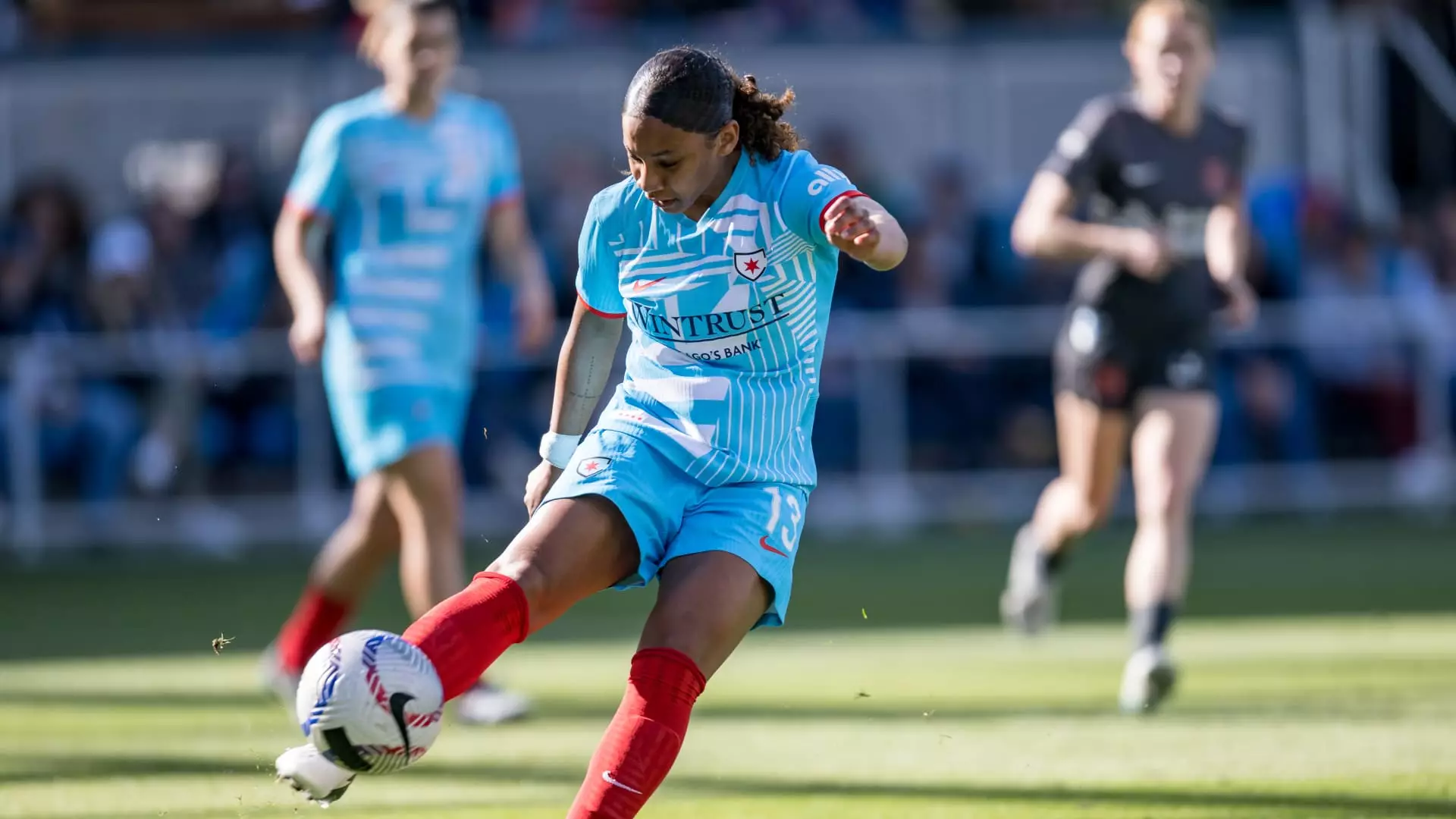In the landscape of corporate alliances with professional athletes, there exists a compelling narrative that champions mutual growth. Companies like Gallagher tout their innovative internship programs, positioning athletes as prime candidates for professional development beyond the sports arena. This rhetoric depicts a harmonious exchange: athletes gain valuable skills, preparing for an uncertain future, while corporations tap into their discipline, teamwork, and public appeal. However, beneath this veneer lies a more complex and potentially troubling reality. Are these initiatives genuinely designed to empower athletes, or do they serve as strategic, profit-driven maneuvers that commodify sporting fame?
The portrayal of athletes as earnest learners seeking new careers distracts from systemic issues. Many professional sports careers are fleeting, and earnings can be inconsistent. While the internship offers an attractive pathway for some, it risks being an acknowledgment of an industry that, in essence, leverages athletes’ visibility to bolster corporate branding, rather than fully investing in their holistic well-being. The emphasis on skill transfer and “preparing for life after sports” can be a well-intentioned gesture; yet, in practice, these programs often operate within a framework that underestimates the depth of athletes’ needs—financial, emotional, and social.
The Reality of Short-Lived Careers and Unequal Opportunities
Participation in professional sports does not guarantee long-term financial security. The average salaries in leagues like the NWSL hover around $125,000 per year—a figure that seems substantial but can evaporate quickly due to injuries, career-ending setbacks, or the natural decline of athletic prime. In this context, the internship’s promise of career transition support can seem like a lifeline. But reality often paints a different picture: athletes frequently find themselves ill-prepared for the corporate world, with limited access to sustained mentorship or employment opportunities after retirement.
Gallagher’s program attempts to bridge this gap, yet it remains a small-scale intervention within a much larger, profit-driven industry. While some athletes, like Curran and Nesbeth, express gratitude for the exposure, others may view these initiatives as tokenistic—designed to polish a corporate image rather than fundamentally transforming the athlete’s post-sports life. The fact that Gallagher and similar companies selectively include athletes from various sports demonstrates a marketing strategy rooted in publicity rather than genuine socioeconomic upliftment.
The Ethical Concern of Exploitation and the Cost to Athletes’ Dignity
One of the most troubling aspects of these programs is how they subtly commodify athletes’ fame. Celebrities and sports figures are used to attract attention, with their participation often portrayed as a ‘win-win.’ Yet, this framing can obscure the power imbalance: athletes are often eager to seize any opportunity to pivot into a second career, sometimes pressured by the limited scope of options available to them during or immediately after their sporting careers.
There’s a risk that the narrative surrounding these internships perpetuates the idea that sports stardom inherently equates to marketability in the corporate world—ignoring the fact that many athletes may not have the interest or inclination to work in insurance, finance, or corporate sales. For some, participating might be an obligatory act of compliance, while others might feel exploited, their unique talents reduced to mere commodities for corporate profit.
Furthermore, this strategy raises broader questions about societal values. It subtly reinforces a system where athletic achievement is expected to be a stepping stone to further entrepreneurial pursuits, often on the backs of the athletes’ willingness to conform and sacrifice. These internship programs, while seemingly benevolent, risk reinforcing stereotypes that athletes are merely brands and assets rather than individuals with complex identities and aspirations.
The Central Role of Corporate Branding in Sports and Society
Corporate involvement in sports has long been a double-edged sword. On one hand, it provides much-needed sponsorship and visibility for leagues and athletes. On the other, it fosters an environment where commercial interests often overshadow the spirit of competition and athlete welfare. Gallagher’s targeted approach—specifically recruiting from the NWSL and NFL—illustrates the strategic pursuit of brand association with athletic excellence, even as it claims to support athlete development.
These partnerships serve to normalize corporate influence in sports, subtly shifting the cultural narrative away from athletic achievement as a form of personal and communal expression, toward profit-making and brand loyalty. The recent investment by AIG in a UK football club exemplifies how insurance companies are increasingly weaving themselves into the fabric of professional sports, with the insidious implication that athletes and teams are now part of a broader marketplace rather than autonomous entities.
In this climate, programs like Gallagher’s internship, although beneficial in some respects, risk becoming collateral damage—products of a societal system that values spectacle and commerce over the genuine human experience of athletes. While their intentions may be framed as progressive, their real impact hinges on whether they genuinely foster long-term empowerment or merely serve as shiny tokens in a corporate branding strategy aimed at sustaining profits in a competitive industry.

